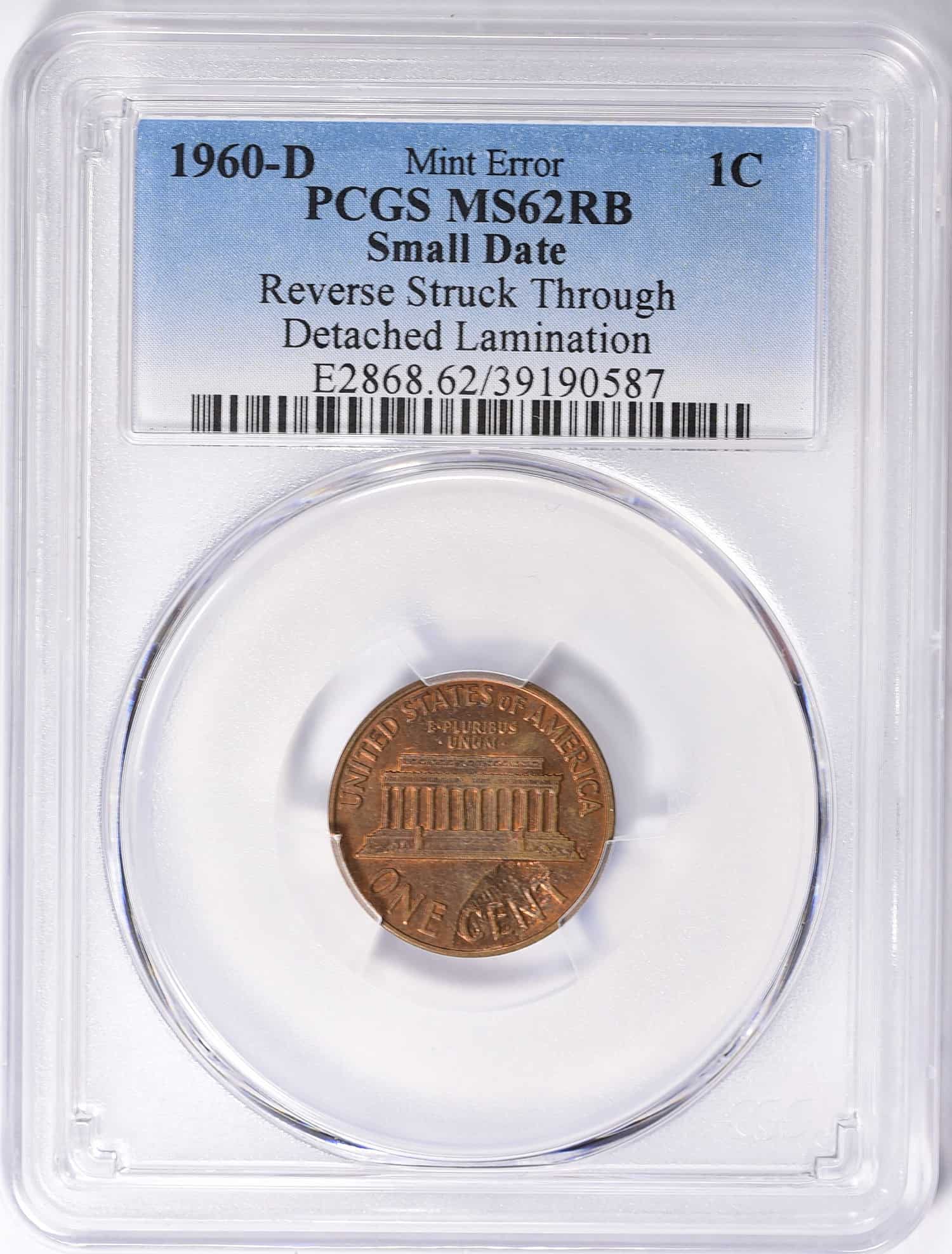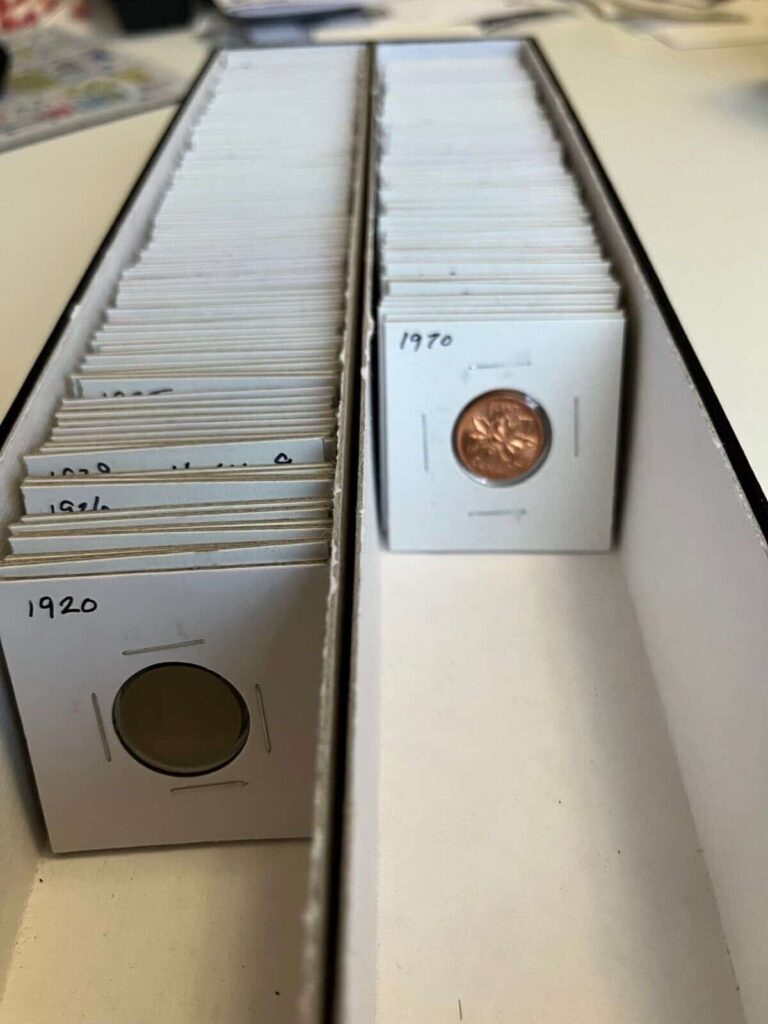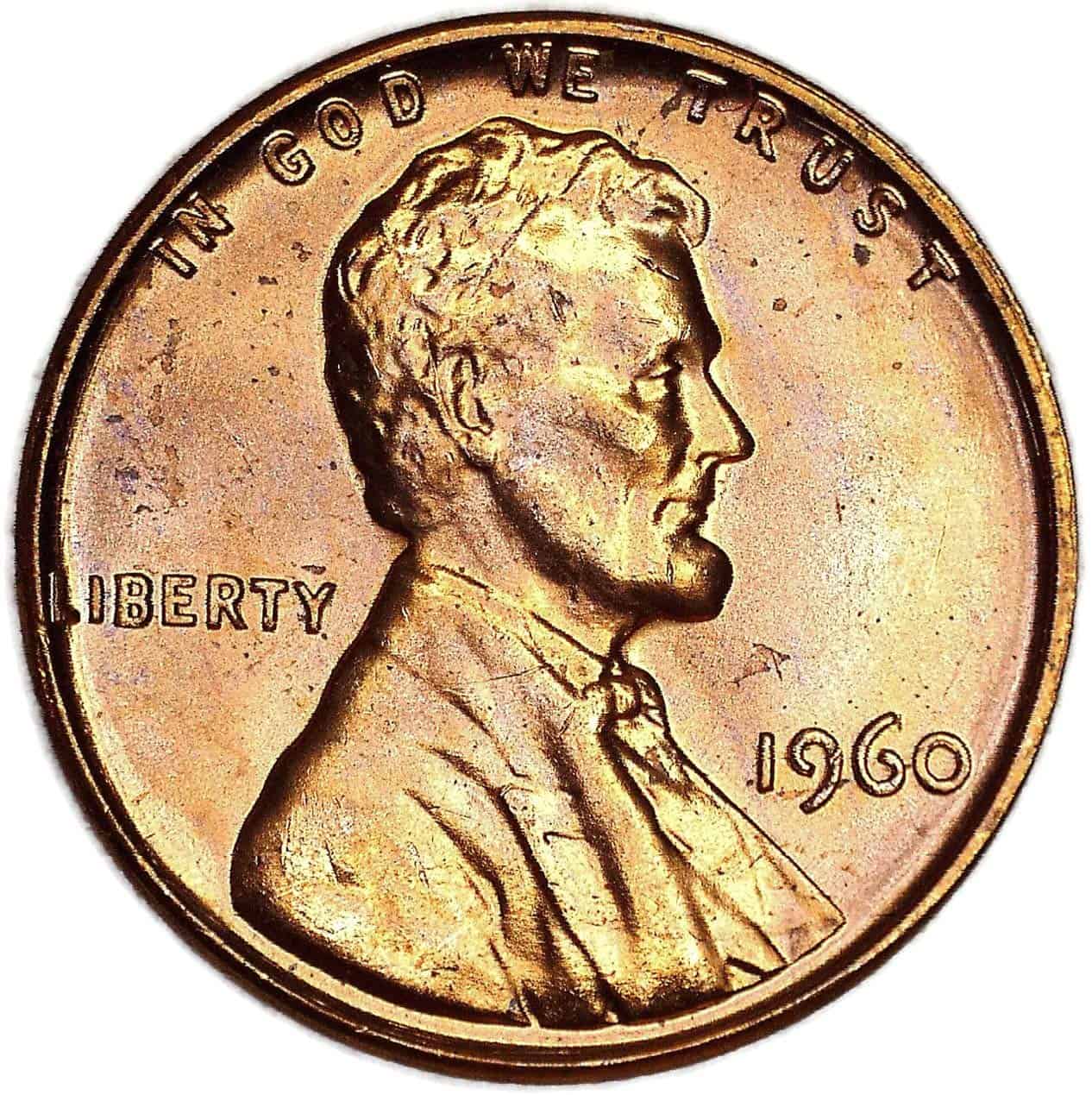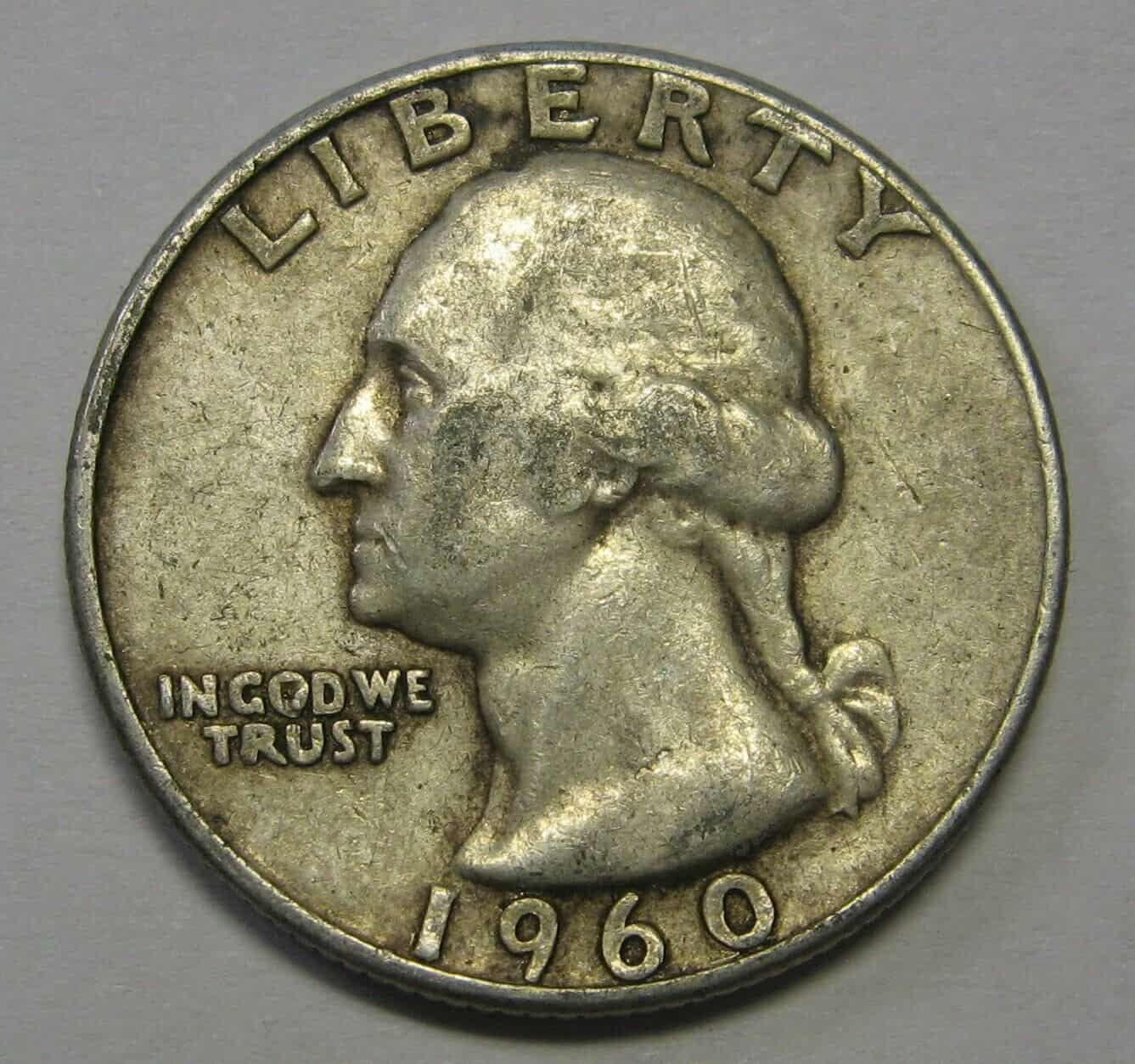How Much Was $5000 In 1960

The allure of the past often whispers through the lens of monetary value. What seems like a modest sum today could have been a veritable fortune in a different era. Understanding the real worth of currency across time provides crucial context for historical analysis, economic planning, and even personal financial decisions.
To truly grasp the significance of $5,000 in 1960, we must delve into the economic landscape of the time. This involves considering inflation, purchasing power, prevailing wages, and the cost of essential goods and services. By examining these factors, we can paint a clearer picture of what that sum represented in terms of real-world opportunities and living standards.
The Nut Graf: Painting the 1960 Economic Landscape
Understanding the value of $5,000 in 1960 requires more than a simple inflation calculation. It demands a comprehensive look at the era's economic conditions, average incomes, and cost of goods. The dollar's purchasing power was significantly higher then. This means $5,000 would have represented a substantial amount of buying power and a notable improvement in living standards for the average American.
Inflation's Impact: The Raw Numbers
Inflation is the primary lens through which we can compare monetary values across time. Several sources, including the Bureau of Labor Statistics (BLS), provide inflation calculators. These tools adjust past dollar amounts to their present-day equivalents. According to the BLS's CPI Inflation Calculator, $5,000 in 1960 would be approximately equivalent to $51,437.68 in 2024.
While this inflation calculation gives a baseline understanding, it doesn’t fully capture the true economic weight. Other factors were significantly different in 1960. We need to consider those factors to get a complete picture.
Average Incomes and Wages in 1960
In 1960, the median family income in the United States was around $5,600 per year. This figure is derived from historical census data and economic reports. A $5,000 sum would have been nearly 90% of the average family's annual earnings. It represents a significant financial advantage for anyone possessing that amount.
The average hourly wage for manufacturing workers hovered around $2.26 per hour. Working 40 hours a week, this translated to roughly $4,700 per year. Therefore, $5,000 was more than a year's earnings for many working-class Americans.
Purchasing Power and the Cost of Goods
The purchasing power of the dollar was considerably stronger in 1960 than it is today. The cost of essential goods and services like food, housing, and transportation was substantially lower. This meant that $5,000 could buy considerably more than it can now.
Consider these examples. The average price of a new car was around $2,600. A typical house might cost around $12,000-$15,000. Basic groceries for a family of four could be purchased for a fraction of what they cost now.
With $5,000, one could potentially purchase a down payment on a house or buy a reliable vehicle and still have money left over. Such choices are far more constrained by similar amounts in today's economy.
Perspectives on $5,000 in 1960
For many, $5,000 in 1960 represented a path to upward mobility. It could finance education, start a small business, or provide a safety net during times of economic hardship. The opportunities presented by such a sum were far more transformative compared to its equivalent today.
However, it's important to acknowledge disparities. While $5,000 was a substantial amount for the average American, racial and socioeconomic inequalities meant that access to such capital was not evenly distributed. Systemic discrimination hindered many from achieving financial stability and upward mobility.
The Investment Potential
The investment landscape of 1960 offered different opportunities. Investing in the stock market was less accessible to the average person compared to today. However, the potential for long-term growth was still substantial.
Investing in real estate or starting a small business were other viable options. The relative affordability of property and lower barriers to entry for entrepreneurship meant that $5,000 could be a significant catalyst for wealth creation.
Conclusion: A Sum of Significant Opportunity
In conclusion, $5,000 in 1960 held significantly greater economic weight than its inflation-adjusted equivalent today. It represented a substantial portion of the average family income. Furthermore, it could open doors to opportunities that are far less attainable for the equivalent amount today.
While inflation calculations provide a useful baseline, the true value of $5,000 in 1960 lies in its relative purchasing power and the possibilities it unlocked for individuals and families. Understanding this historical context is crucial for appreciating the economic shifts that have occurred over the past six decades and for making informed financial decisions in the present.


















